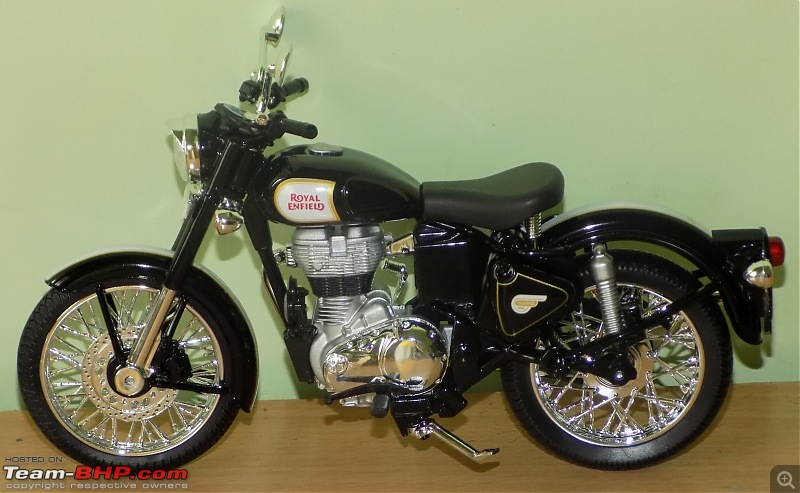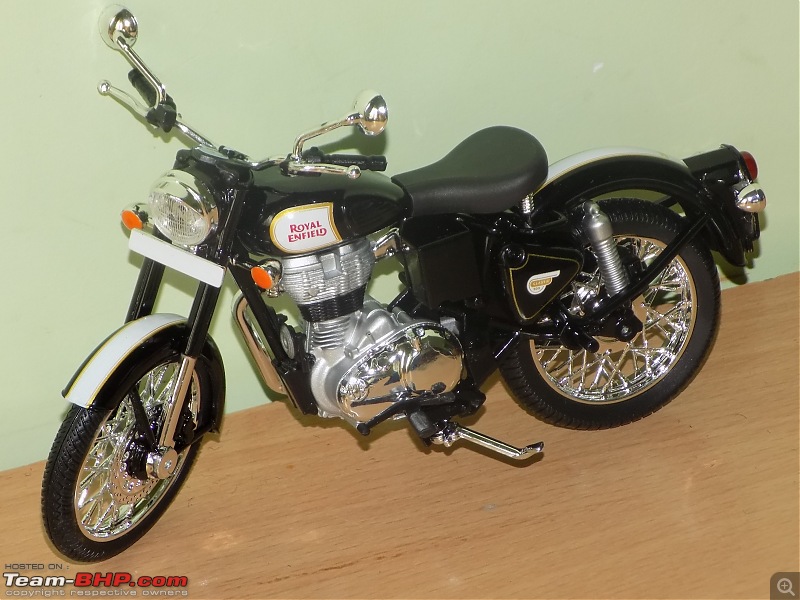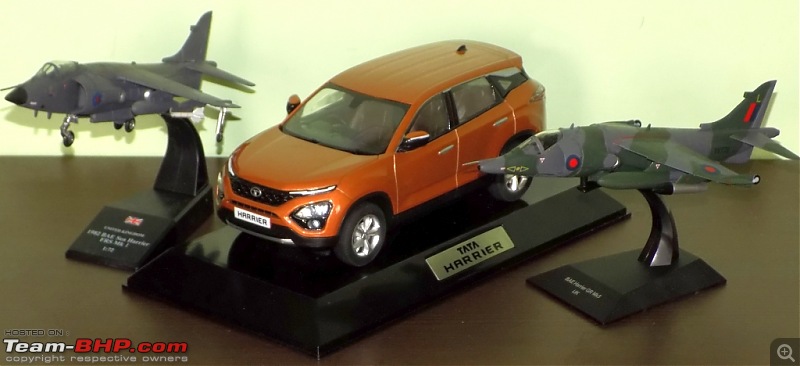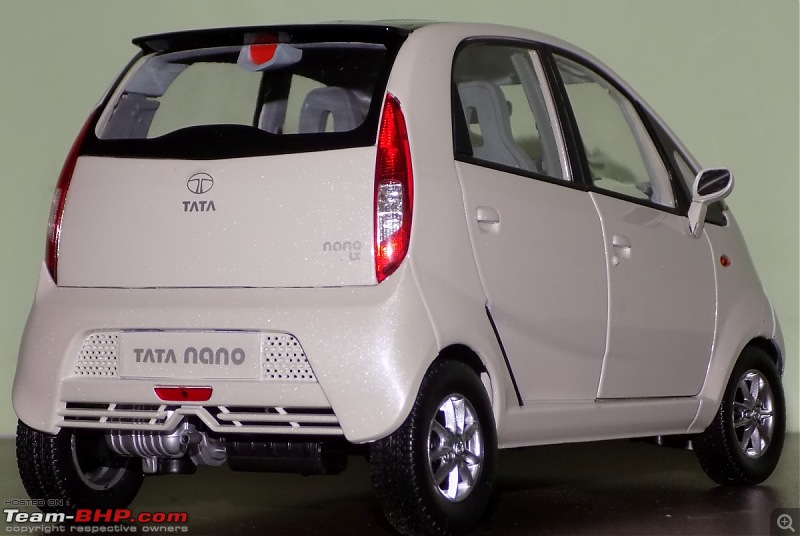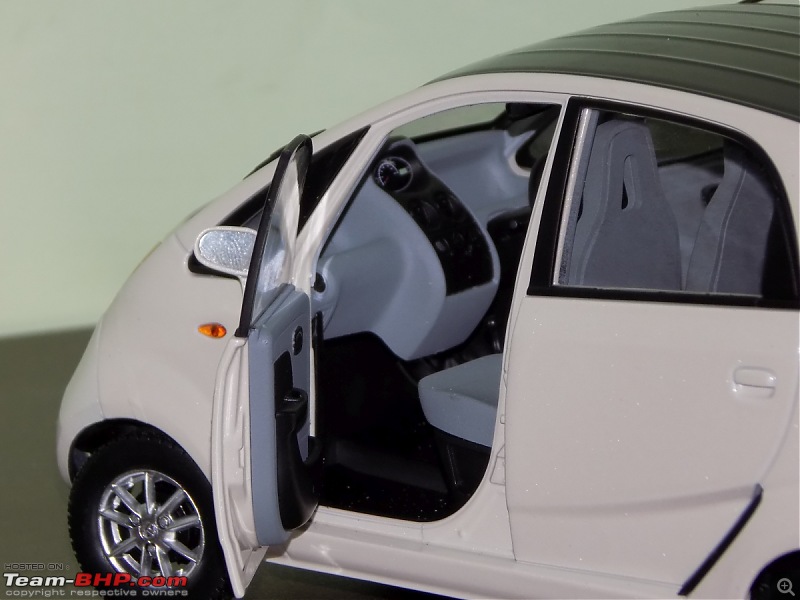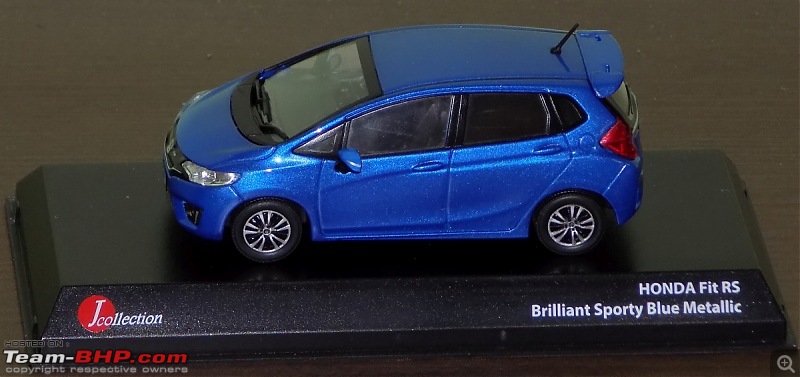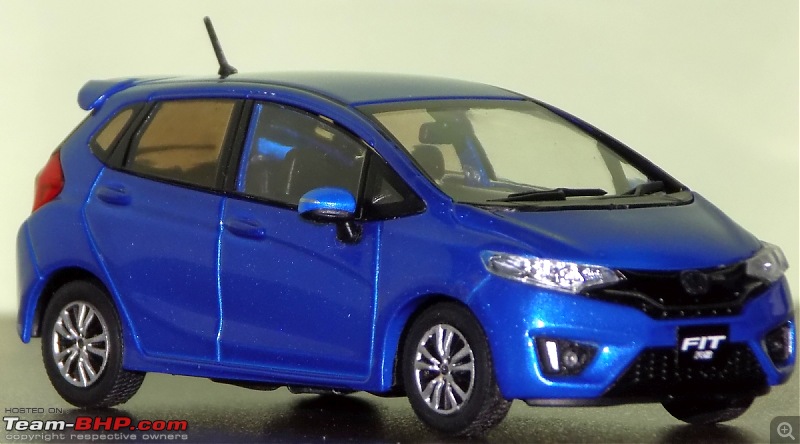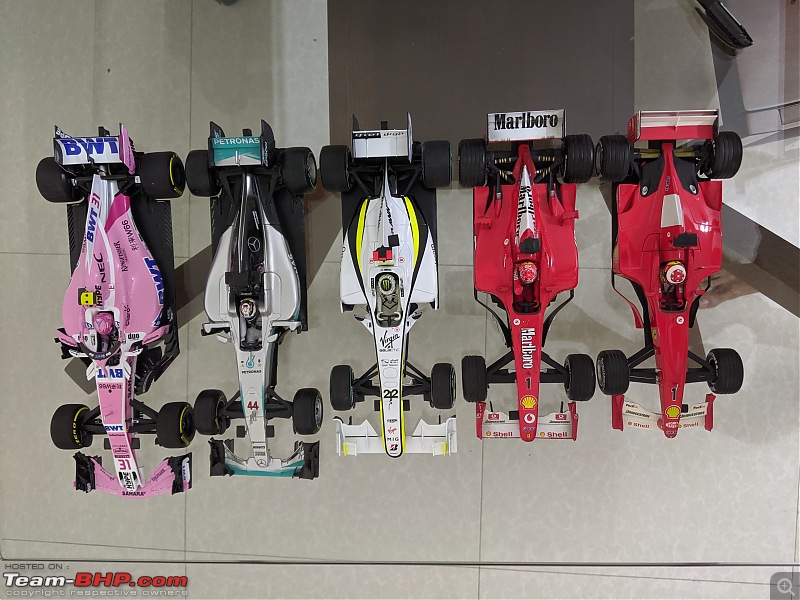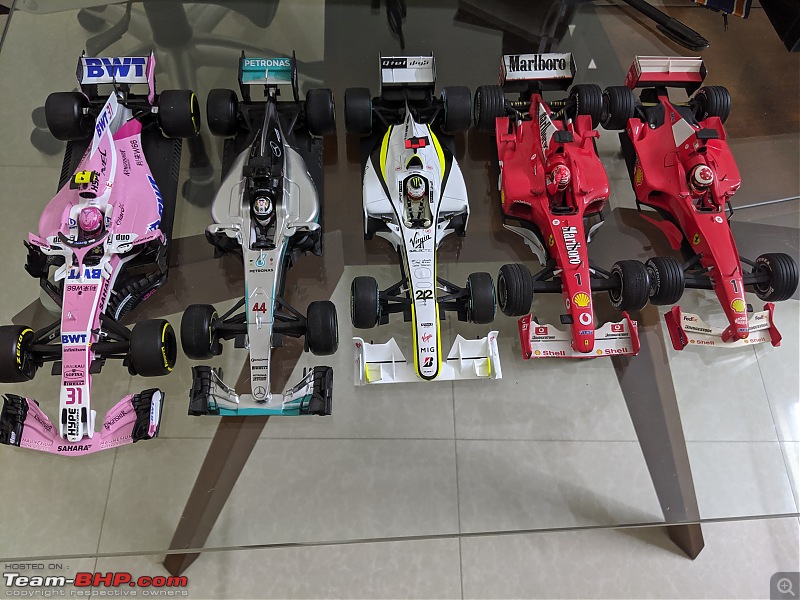1:87 40' Reefer Container - Maersk
Very happy to acquire this as this is directly related to our business of frozen seafood export.

MWCU6986610 is the Container number (something like registration number on vehicles). 45R1 is the code for 40' High Cube Reefer Containers.
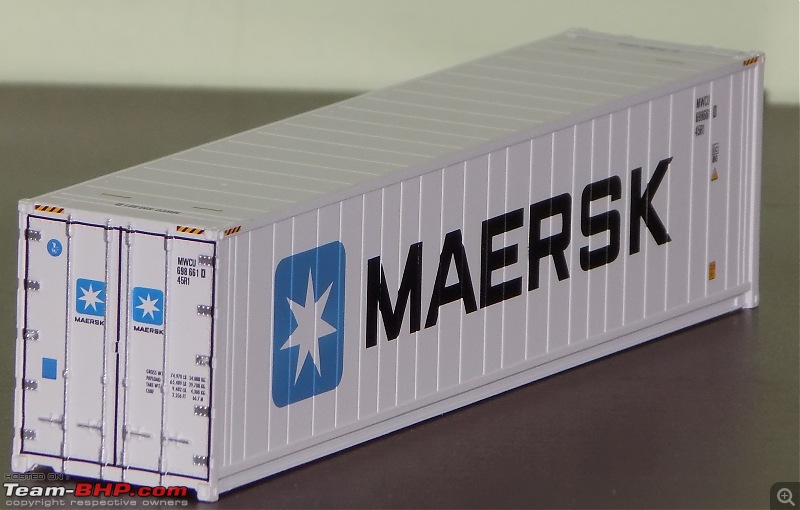
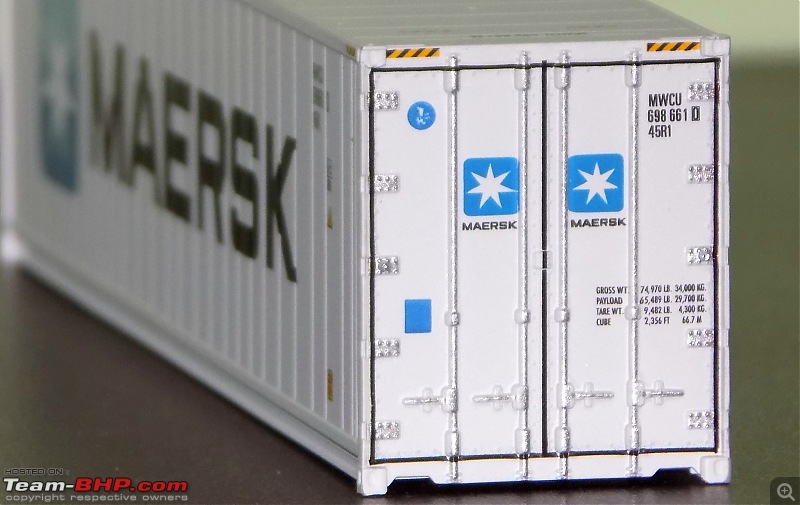
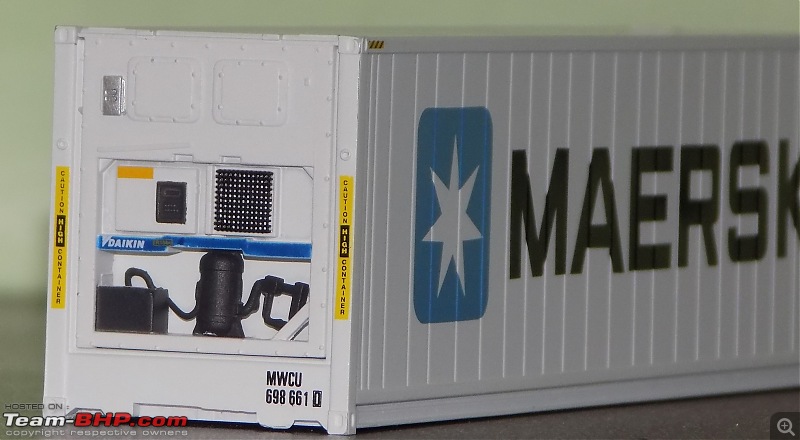

A refrigerated container or reefer is a shipping container used in intermodal freight transport that is refrigerated for the transportation of temperature-sensitive cargo like fruits, dairy products, frozen seafood etc. These containers are owned by shipping lines such as Maersk, OOCL, APL,PIL, Wan Hai etc. Bear in mind that for dry cargo that does not require temperature control, non-refrigerated containers are available.
Mostly these containers are either twenty or forty feet standard length(referred to as 20' or 40' Reefers). The common heights are 8 feet 6 inches and 9 feet 6 inches – the latter are known as High Cube or Hi-Cube containers. However there are customised, non-standard sized container offered by some shipping lines.
The Net weight of the loaded cargo(in our case, frozen seafood) in a 40' container must never exceed 25-26 MT (25000-26000 kgs). Earlier, cargo upto 28000 Net Weight could be loaded Net weight of the cargo means actual weight of the product - excluding cartons, packing material weight). But now due to RTO and Port restrictions, maximum of 26 MT is loaded( which means cargo gross weight of around 28-29 MT). If the weight exceeds the limit, penalty will be imposed and/or container will not be loaded on the ship because weight restrictions are imposed strictly on all ports(both domestic and international).
Once the container is loaded on a container ship for onward shipment, the shipping line issues a "Bill of Lading" or BL - a legal document issued by a carrier/shipping line to a shipper that details the type, quantity, and destination of the goods being carried in the container. A bill of lading also serves as a shipment receipt when the carrier delivers the goods at a predetermined destination.
An example BL(details blanked out intentionally) from PIL shipping line for cargo shipped in a PIL 40' Container from Kolkata to Ho Chi Minh City port.


While a reefer has an integral refrigeration unit, they rely on external power, from electrical power points at a land-based site(factory/cold storage), a container ship or from power points n the Port. When being transported over the road on a trailer or over a rail wagon, they can be connected to a generator. Refrigerated containers are capable of controlling temperature ranging from -65 °C up to 40 °C.
Container on a trailer at a cold storage, ready for loading cargo(that was loaded yesterday).


The refrigeration unit of the container

Temperature control panel of the Refrigeration unit

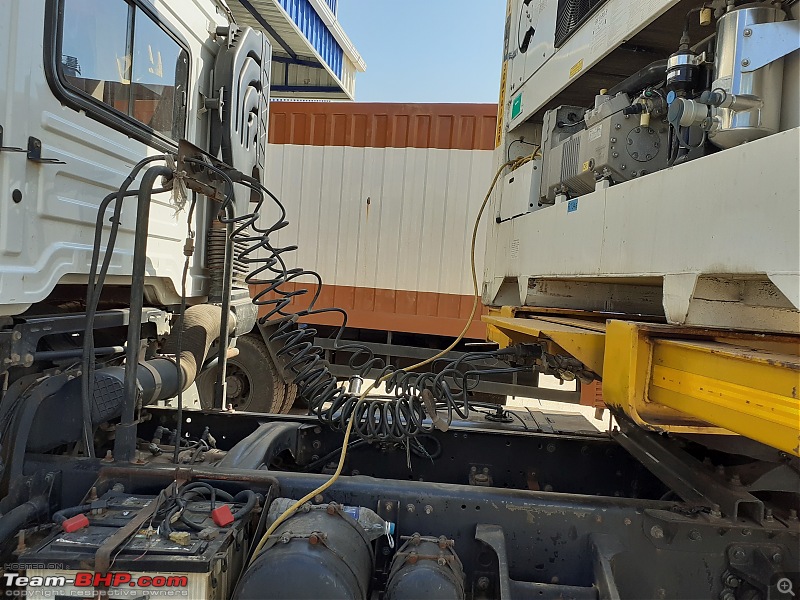
Plugged in to a power source for cooling the container
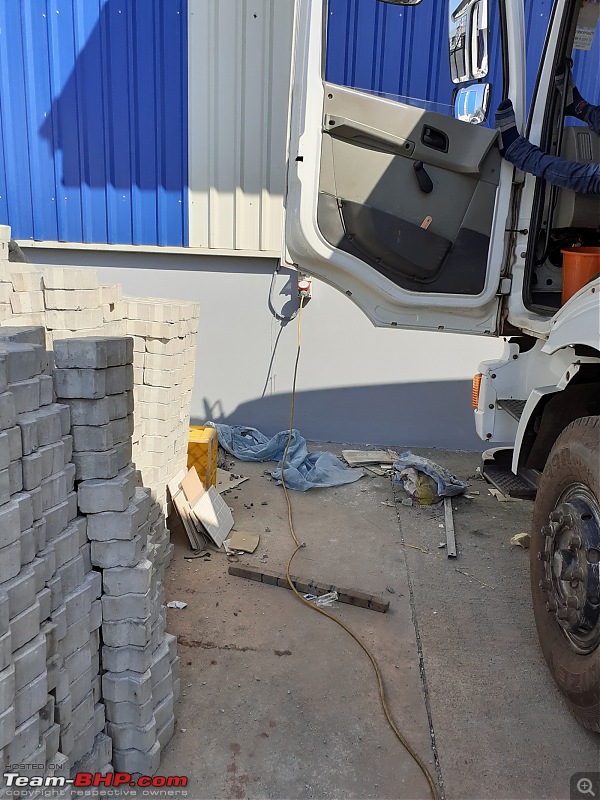
Inside of an empty container:
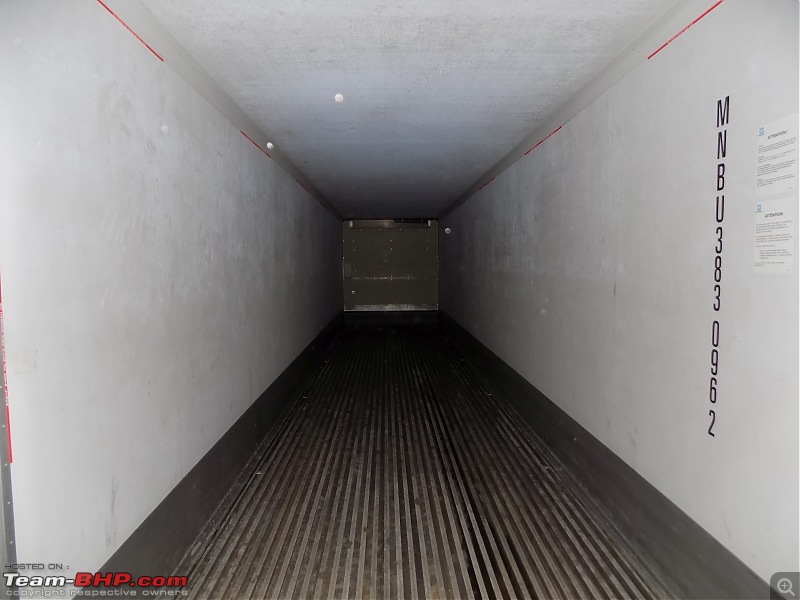
The Internal air/blower vents:

Fully loaded cargo. The cargo( in this case frozen seafood packed in strong cardboard cartons) is stacked neatly to avoid shifting of cargo during transit:
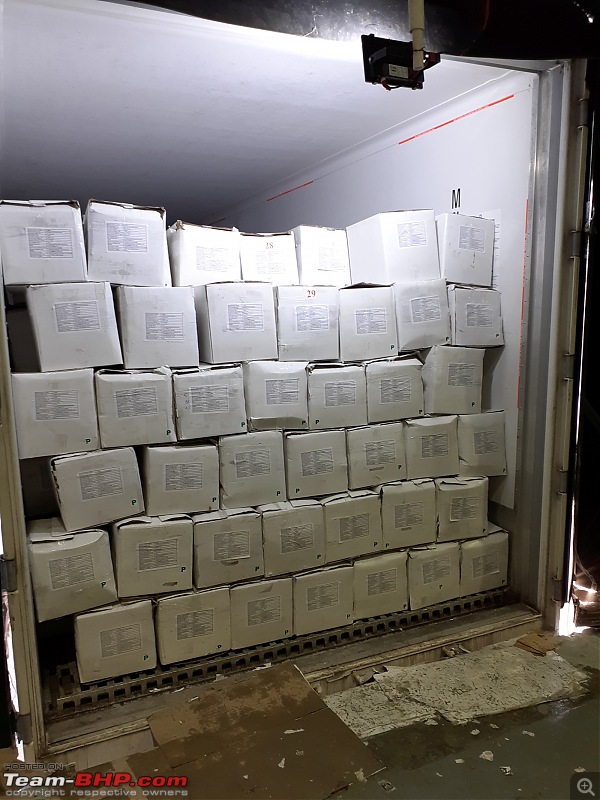
THe vertical grey pipes you see are the locking mechanism of the container. Once locked, they seal the container completely to prevent loss of temperature.


The container before leaving the premises is sealed to two "Seals". One is from the Customs and one is from the shipping Line. These seals are broken at the destination port by the customs there for inspection of the cargo. If all is ok, the container is released to the consignee.
Customs Seal:
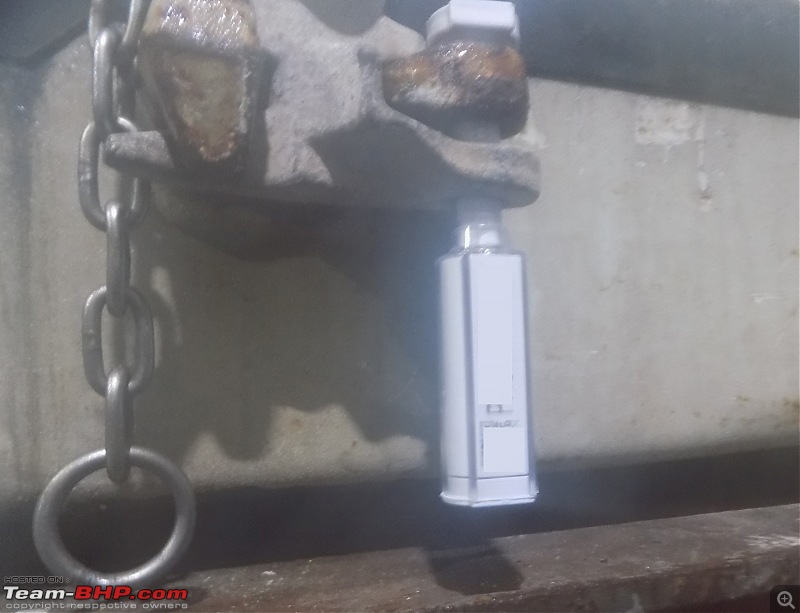
Shipping line seal(in this case OOCL shipping line)
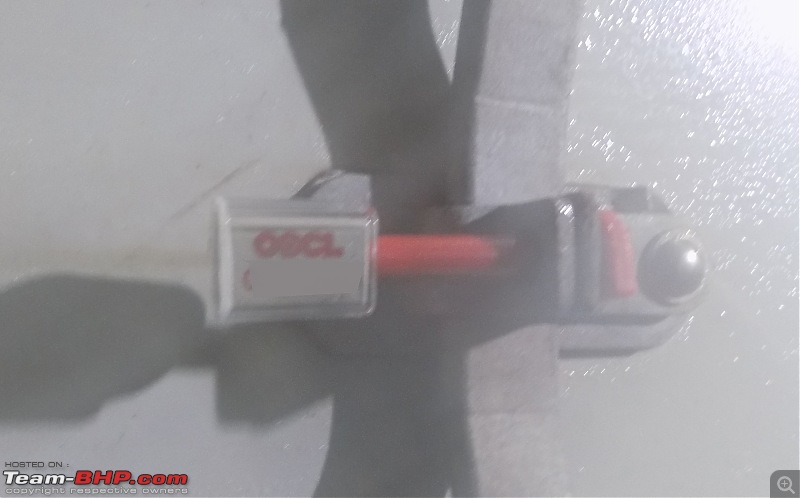
Containers are transported to other ports on ships like these . This one is the Denmark flagged container ship "Maersk Mumbai". The Mumbai Maersk set the World Record for Highest Ever Load carried last year.

On land, these containers are transported by truck trailers or in railway wagons to and from the port. From the port, they are loaded on container ships for transport to other international or domestic ports. Once the ship unloads the container at the destination port, after customs clearance formalities, the container is again loaded as it is onto a truck trailer or on a goods train for delivery to the consignee. The consignee unloads the cargo and returns the empty container back to the shipping line.
 (1)
Thanks
(1)
Thanks

 (1)
Thanks
(1)
Thanks

 (1)
Thanks
(1)
Thanks
 (1)
Thanks
(1)
Thanks
 (1)
Thanks
(1)
Thanks
 (1)
Thanks
(1)
Thanks






